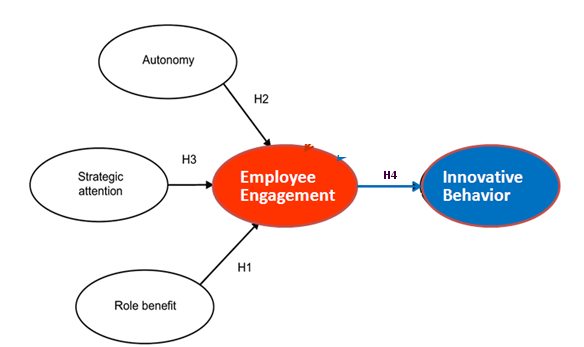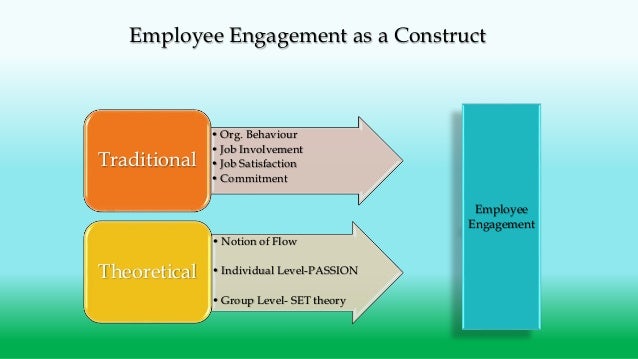Fabulous Kahns Theory Of Engagement

Kahn 1990 defined personal engagement as the harnessing of organization members selves to their work roles.
Kahns theory of engagement. This study aims to propose a multilevel moderated mediation model of transformational leadership corporate social responsible organization-based self-esteem and job engagement to detect Kahns theory and predict new product development performanceThis study used a longitudinal study over a six-month period to test the multilevel moderated mediation model. Bakker and William A. Significant attention has been devoted to identifying factors that are associated with higher levels of engagement but it remains the case that the underlying reasons for student engagement and indeed the notion itself of student engagement remain weakly theorised.
Kahn 1990 has developed a model of engagement that describes engagement as occurring through the experience of three psychological states meaningfulness safety and availability and delineated conditions that predict these three psychological states. While some of these concepts are closely related to the definition and characteristics of employee engagement they also have a number of important differences. The classification of engagement results showed that unlike disengaged employees personally engaged employees are more satisfied and productive.
Kahn 1990694 defines employee engagement as the harnessing of organization members selves to their work roles. Again its easy to see the connections to Kahns three dimensions of engagement. Along with defining engagement Kahns primary aim was to identify the conditions that enable it to happen.
Based on Kahns 1990 idea that work engagement is multidimensional it is necessary to have a conceptual definition for the overall construct and to have definitions for each dimension. Student engagement has become problematic following the rise of mass and universal forms of higher education. Routledge publishing released a new employee engagement textbook Employee Engagement in Theory and Practice edited by Catherine Truss Rick Delbridge Kerstin Alfes Amanda Shantz and Emma Soane.
He identifies three psychological conditions meaningfulness safety and availability and their individual and contextual sources. Disengagement Kahn described work disengagement as employees cognitive and emotional withdrawal from their job and the organization. The range of contributors include Wilmar B.
Kahn proposed that work engagement involves ones cognitive emotional and physical states but no measures have yet been developed for these components. Along with defining engagement Kahns primary aim was to identify the conditions that enable it to happen. Employee engagement is often used in conjunction and sometimes interchangeably with similar terms such as organizational commitment job involvement and job satisfaction.













